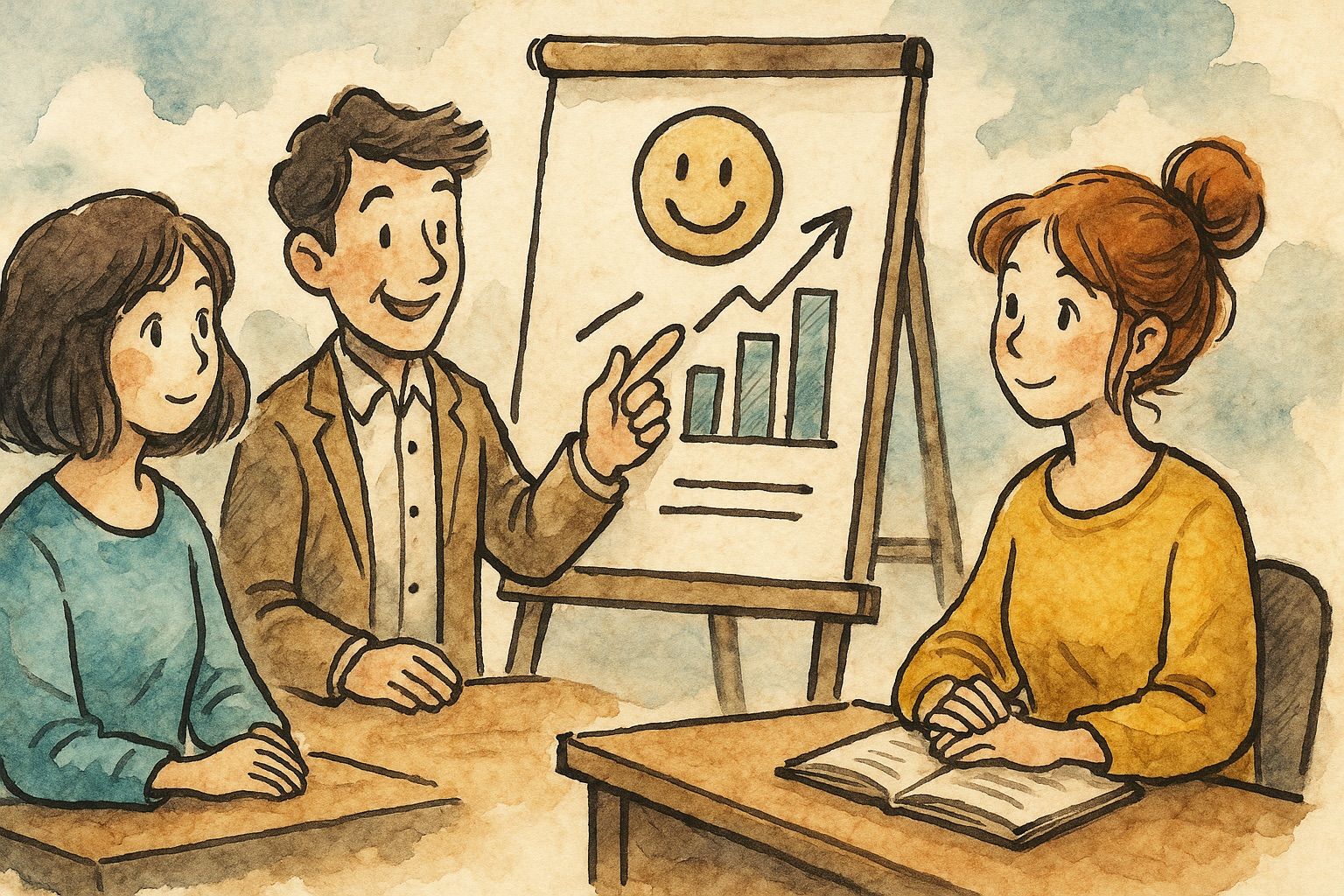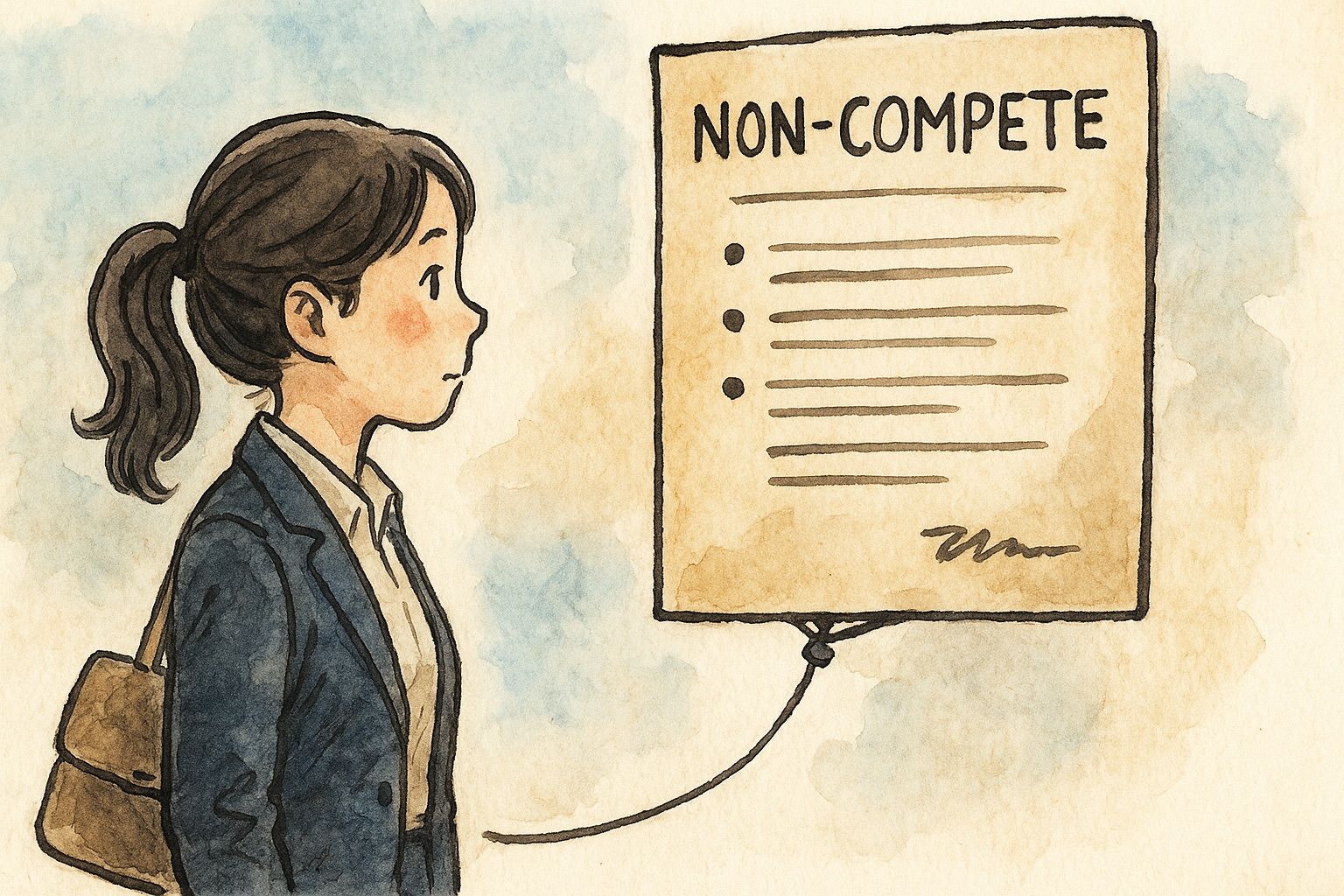Employee satisfaction and engagement - just one of the HR activities or an absolute priority?
Companies have long recognized the importance of the role of employee satisfaction and engagement in achieving organizational success.

Companies have long recognized the importance of the role of employee satisfaction and engagement in achieving organizational success.

Companies have long recognized the importance of the role of employee satisfaction and engagement in achieving organizational success.
Back in the middle of the 20th century, Herzberg developed the Theory of Hygiene and Motivational Factors, where he emphasized the difference between factors that prevent dissatisfaction (hygiene factors) and factors that contribute to satisfaction and motivation (motivational factors). After that, variations on the theme and the development of different methodologies and tools began.
In 2024, for leaders, satisfaction and engagement will be one of the absolute priorities as a driver of productivity, retention and business success in general. Highly engaged and satisfied employees not only encourage individual performance but also foster a positive work environment and contribute to organizational development.
HR leaders are aware that investing in a strategy to improve engagement and create a positive work environment is a good way to unlock the full potential of employees.
Happy and motivated employees not only achieve better results, but also contribute to a positive work environment. It is easy to quantify the impact of positive results on the company's profitability, i.e., what percentage increase in engagement index generates income in a certain amount.
Employee satisfaction and engagement is measured in different ways, and the results of these measurements often serve as the basis for further steps in improving the working environment.
To summarize why employee satisfaction is important:
Make no mistake, although related, employee satisfaction and engagement are two important but distinct aspects of the work experience. The main difference lies in the fact that satisfaction measures the general experience, i.e., how happy or dissatisfied employees are with their work environment, colleagues, remuneration package, while engagement focuses on the emotional commitment and active participation of employees in work, their dedication to completing tasks, enthusiasm and commitment, how much emotionally attached to work.
Organizations that strive for both dimensions often have happier, more motivated and more productive work environments.
Companies that are committed to improving satisfaction and engagement through a set of activities gain valuable information to further use for improvements. Some of the good examples are, of course, anonymous regular surveys of employees' attitudes, so that employees have a safe space to express their opinions, concerns and suggestions. Their honest feedback is a treasure trove of insight that can pinpoint areas for improvement and highlight what's already going well.
Direct conversations between employees and managers provide an opportunity for a deeper understanding of individual needs and expectations, thereby creating personalized strategies to improve satisfaction and, if possible, it is valuable to cross-reference the insights obtained in this way with research results.
The whole analysis moves to the next level if data from the market is available with which it is possible to make a comparison and draw conclusions that will give direction for further activities.
In the past, the attitudes of employees were mostly collected annually, while an increasing number of companies now do it on a monthly basis or even feel the pulse of employees on a weekly basis in order to have real-time insights and the ability to react quickly.
What next with the results?
What surveying employee satisfaction and engagement must not be is just filling out surveys, generating numbers and a nice presentation without action plans. It is a key step towards creating a work environment that not only attracts talent, but also retains it, inspires top performance and builds the foundation for the organization's sustainable success.
In a world where human resources are the most important resource, asking questions about satisfaction and engagement becomes an inevitable journey towards building happier, more productive and fulfilling work communities.

The non-compete clause protects employers from knowledge transfer to competitors. For validity, it's essential to precisely define restricted activities, territorial scope, duration, and mandatory compensation after employment termination.
by Jovana Jovanović

When the title becomes more important than knowledge, we all bear the consequences. This text explores the phenomenon of 'title inflation,' where a false shine threatens an entire profession and the trust in it.
by Jelica Radović